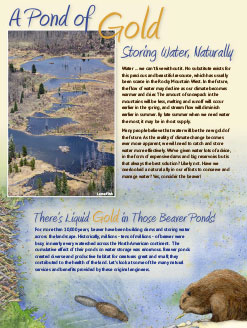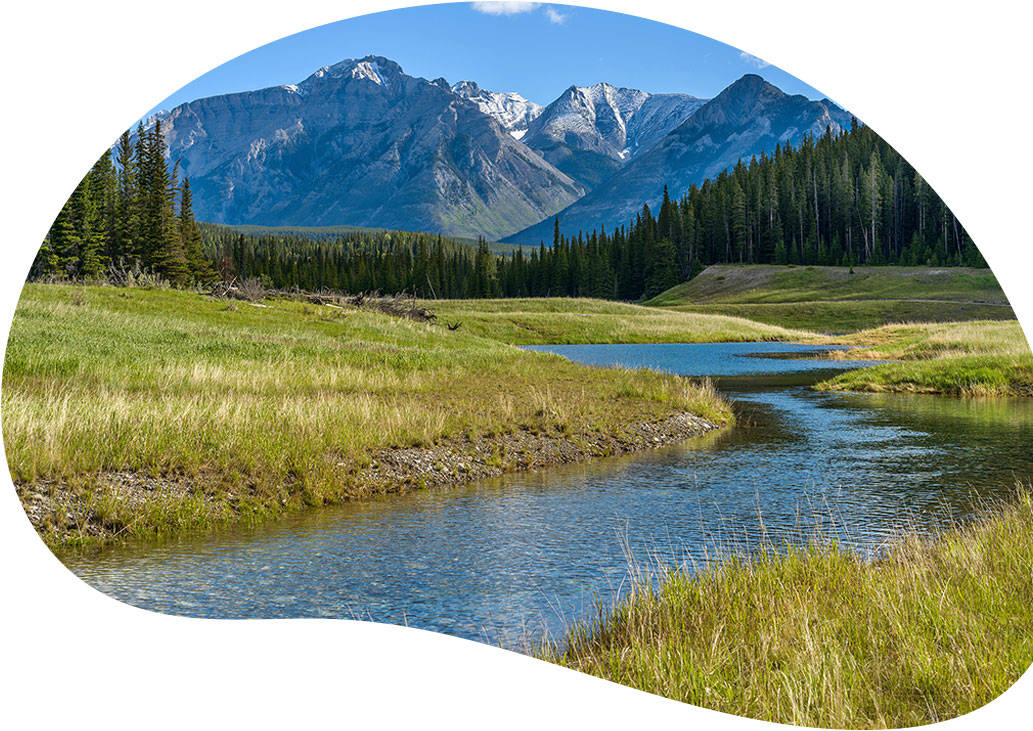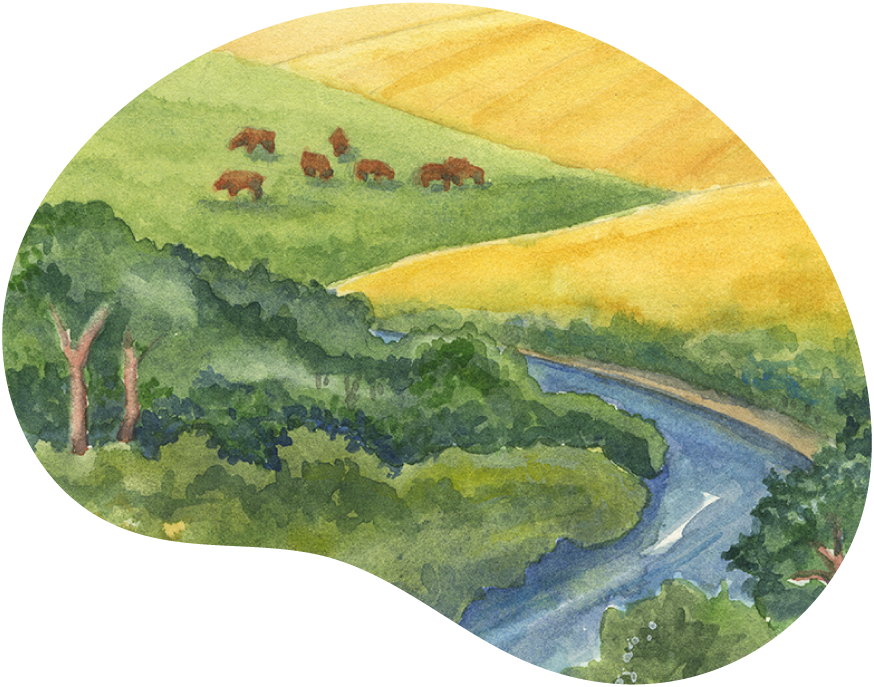
A Pond of Gold. Storing Water Naturally.
Many people believe that water will be the new gold of the future. As the reality of climate change becomes ever more apparent, we will need to catch and store water more effectively. We’ve given water lots of advice, in the form of expensive dams and big reservoirs but is that always the best solution? Likely not. Have we overlooked a natural ally in our efforts to conserve and manage water? Yes, consider the beaver!




